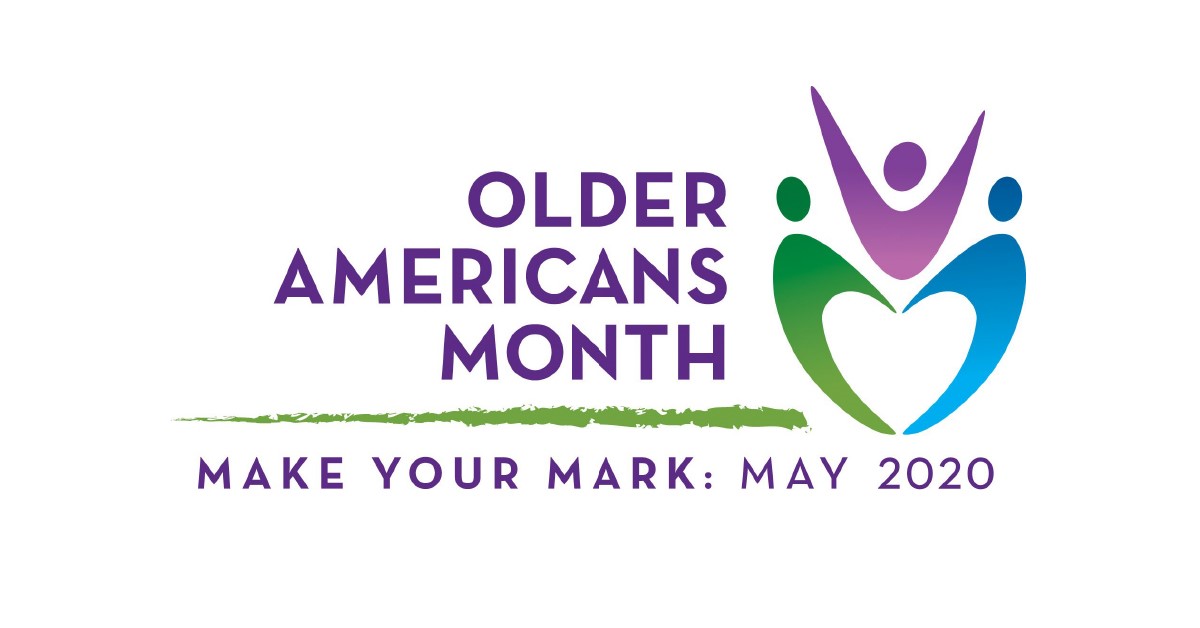As Older Americans Month draws to a close, we are reflecting on what it means to mark this occasion during the COVID-19 global pandemic. Celebrating and honoring the contributions of older adults in our community is the original intention of Older Americans Month, and this is always a valuable endeavor. Unfortunately, our current crisis has also laid bare a number of hard truths about how far we still must go to ensure the health and well-being of older adults in our community.
Many of our partner organizations and others who work with older adults have been sharing important information and content on these topics during Older Americans Month. Here are some highlights we found helpful, and we hope you do too.
The data around COVID-19 indicates that older adults are at higher risk for severe illness or death compared to other age groups. As with most other health issues, existing systemic inequities related to race or socioeconomic status are exacerbating the impact of COVID-19, leader to higher rates of illness and death in communities of color. In an effort to highlight these issues, AARP New York recently released this statement calling on leaders in New York State to take steps to address the disproportionate impact of COVID-19 on older adults of color. The statement urged the state to: provide robust testing in communities of color; increase SNAP outreach and allow home-bound New Yorkers to order groceries online using SNAP benefits; protect essential workers and ensure they have adequate personal protective equipment; create a Disparities Task Force to analyze the data and take action; and more. You can read the full statement here.
Social isolation can have a severe impact on overall health and well-being, and older adults are at high risk for becoming socially isolated. In our recent blog post, we shared how faith leaders can play a role in addressing social isolation with community members by using technology or other forms of outreach. The Administration for Community Living also shared tips for staying connected while adhering to social distancing guidelines here.The American Psychological Association recently posted information highlighting how COVID-19 has put older adults at greater risk for social isolation, and how mental health professionals can help address or mitigate those risks. Their suggestions include offering telehealth options, encouraging older patients to stay in touch with family and friends, promoting intergenerational connections, and more. Read the full post here.
Speaking of family connections, National Alliance for Caregiving and AARP released “Caregiving in the U.S. 2020” earlier this month. This report is a fascinating and important look at the current state of caregiving. Although the report is not specific to COVID-19, the data illustrates just how important family caregivers are in any efforts to address the pandemic’s impact on older adults. The number of people in the U.S. who are providing unpaid care to an adult with health or functional needs has increased in the past five years to 53 million. Read the report in full here.
The impact of COVID-19 has highlighted where significant disparities and needs still exist when it comes to the health of older adults. At the Health Foundation, we remain committed to helping identify and address those needs—not just during Older Americans Month, but year-round.



